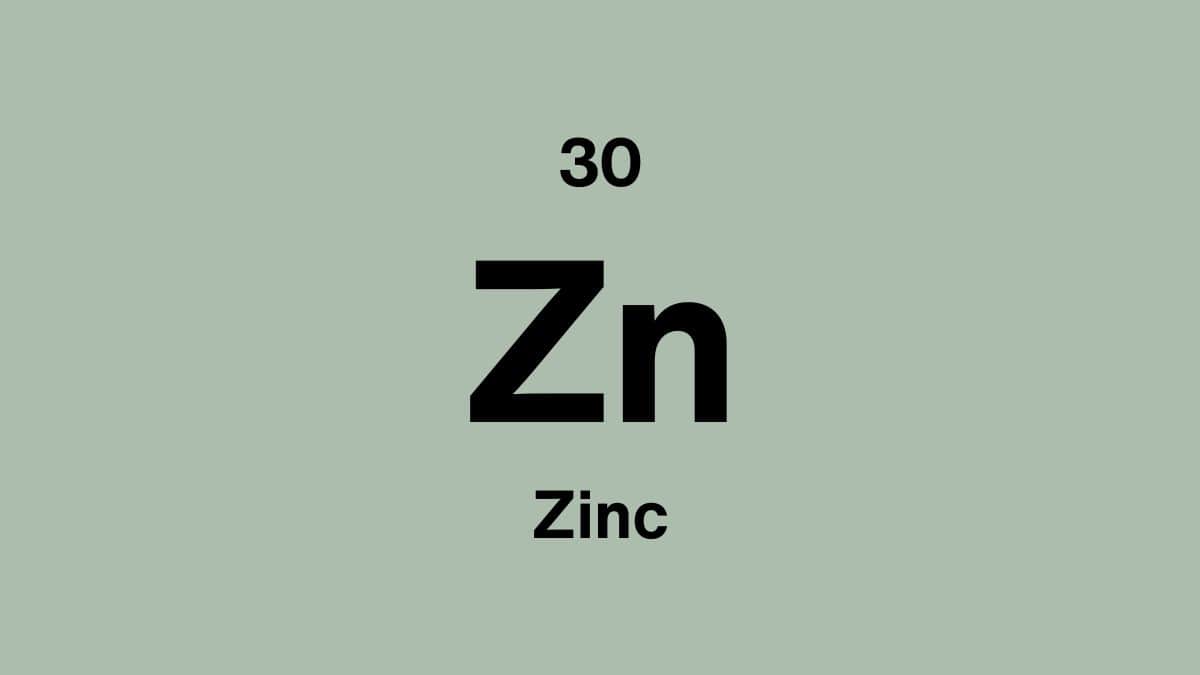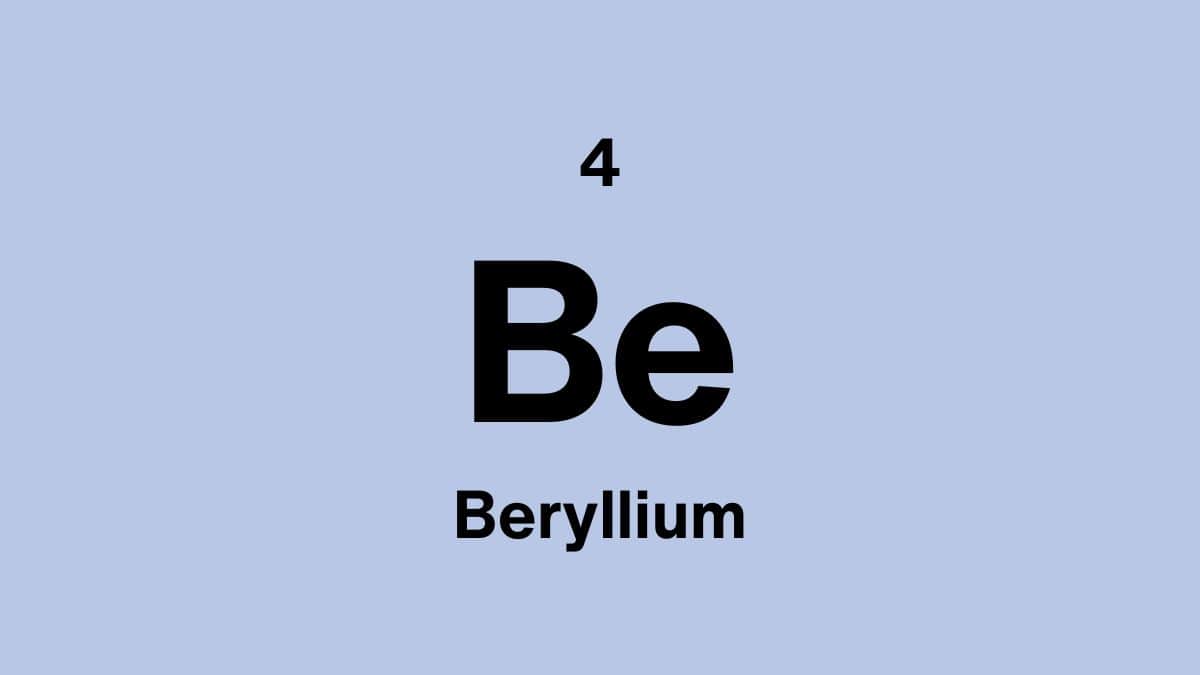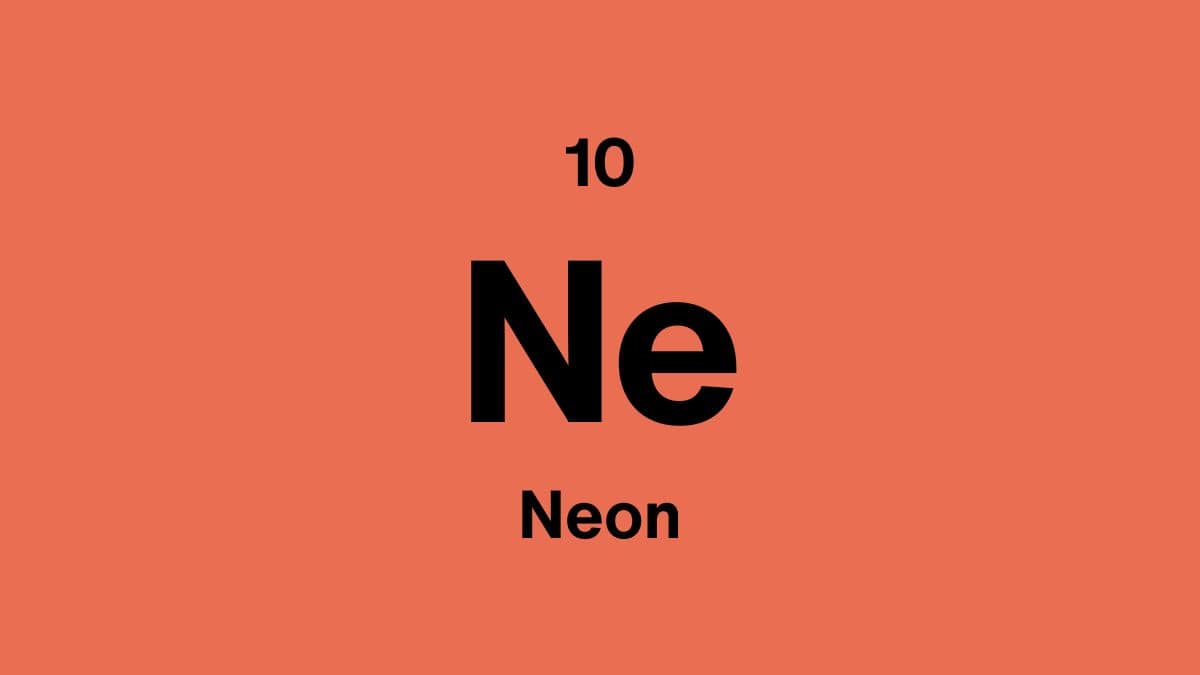Zinc: The versatile metal essential for industry and life
Zinc is a moderately reactive transition metal that plays a crucial role in corrosion protection, alloy formation, and human health. It forms a thin oxide layer naturally, preventing rapid corrosion and making it ideal for galvanization. Zinc alloys are used in die-casting, brass production, and batteries, while zinc compounds contribute to fertilizers, cosmetics, and pharmaceuticals.
Properties of zinc
| Atomic Number: | 30 |
| Atomic Symbol: | Zn |
| Atomic Weight (amu): | 65.38 |
| Electronegativity: | 1.65 |
| Melting point: | 419.58°C | 787.24°F | 692.73K |
| Boiling point: | 907°C | 1665°F | 1180K |
What does zinc look like?
Zinc is a bluish-white metal with a slightly brittle crystalline structure at room temperature. When freshly cut, it has a metallic luster, but it tarnishes quickly in air, forming a protective layer of zinc oxide.
Will we ever run out of zinc?
Zinc is moderately abundant in the Earth's crust and is mined primarily in Australia, China, Peru, and the United States. While reserves are sufficient for current industrial demand, sustainable mining and recycling are important for long-term supply stability.
Can zinc be recycled?
Yes, zinc is highly recyclable, commonly recovered from galvanized steel, batteries, and industrial residues. Recycling reduces environmental impact and preserves natural resources.
Where can zinc be found?
Zinc occurs naturally in minerals such as:
- Sphalerite (ZnS): The most important zinc ore
- Smithsonite (ZnCO3)
- Willemite (Zn2SiO4)
- Calamine (ZnCO3 and Zn(OH)2)
Major zinc-producing countries include Australia, China, Peru, and the United States, with significant reserves also in Canada and India.
Is zinc expensive?
Zinc is relatively affordable compared with rare metals, though prices fluctuate based on industrial demand, mining output, and global market trends. It is widely available for galvanization, alloys, and chemical applications.
Does zinc have a biological role?
Zinc is an essential trace element for all living organisms. It is critical for immune function, enzyme activity, DNA synthesis, and wound healing. Zinc deficiency can lead to growth retardation, immune dysfunction, and delayed healing.
What is pure zinc used for?
- Galvanization: Coating iron and steel to prevent rusting
- Alloys: Brass (copper-zinc) and other specialty alloys
- Batteries: Zinc-carbon and zinc-air batteries
- Die-casting: Precision metal components
- Nutrition: Dietary supplements and fortified foods
What are the main compounds with zinc?
- Zinc Oxide (ZnO) : Used in sunscreens, rubber, paints, and as a catalyst.
- Zinc Sulfate (ZnSO4) : Applied in fertilizers, animal feeds, and chemical synthesis.
- Zinc Chloride (ZnCl2) : Used in chemical processing, textile treatment, and fluxes.
- Brass Alloys : Copper-zinc alloys used in musical instruments, fittings, and industrial components.
Who discovered zinc?
Zinc has been known since ancient times, but the element was first isolated in the 18th century by Andreas Marggraf in 1746. He obtained pure zinc by heating calamine with charcoal. Zinc’s history of use spans thousands of years in alloys and medicinal applications.
Is zinc dangerous?
Elemental zinc is generally safe, non-toxic, and widely used. However, zinc dust or fumes can be hazardous if inhaled or ingested in large amounts, and zinc compounds should be handled with standard chemical safety precautions.
Fun facts about zinc
- Zinc is the 24th most abundant element in the Earth's crust.
- Zinc plays a vital role in human nutrition and is required for over 300 enzymes in the body.
- Zinc alloys like brass have been used for centuries in coins, musical instruments, and hardware.
- Galvanized steel coated with zinc can last decades without corrosion.
- Zinc is used in anti-corrosion coatings for roofs, bridges, and automobiles worldwide.
Scientific data verified from RSC, Britannica, and the Minerals Education Coalition.



